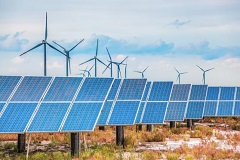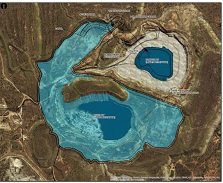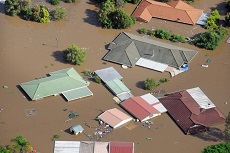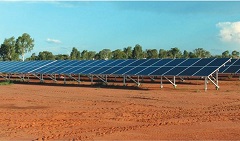1. Australia’s vast kelp forests devastated by marine heatwave, study reveals
-
A hundred kilometres of kelp forests off the western coast of Australia were wiped out by a marine heatwave between 2010 and 2013, a new study has revealed.
About 90% of the forests that make up the north-western tip of the Great Southern Reef disappeared over the period, replaced by seaweed turfs, corals, and coral fish usually found in tropical and subtropical waters. Continue reading Climate clippings 120


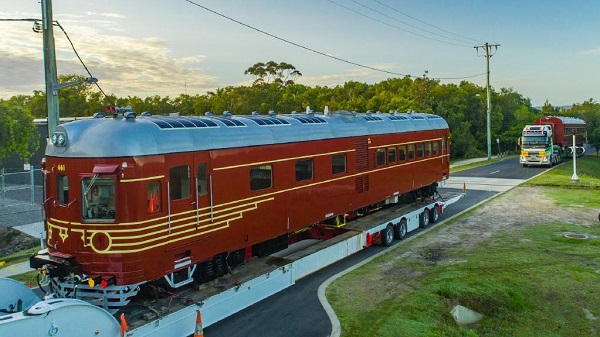
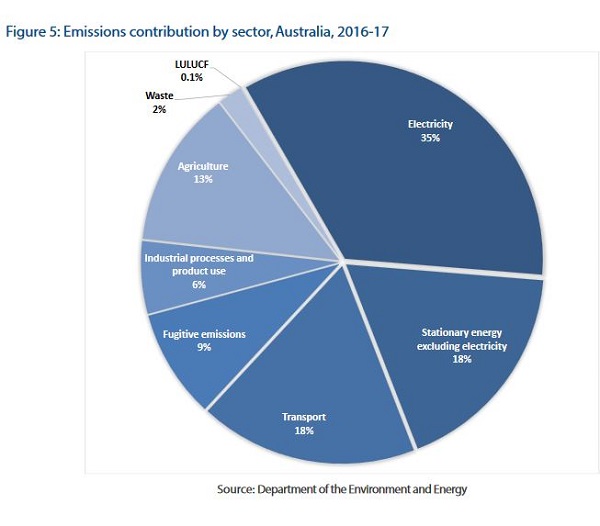
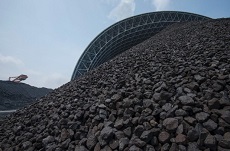 BHP Billiton has thrown a significant spanner in the works of peak mining bodies lobbying on behalf of fossil fuels to the detriment of climate change. In the 26-page report BHP Industry Association Review
BHP Billiton has thrown a significant spanner in the works of peak mining bodies lobbying on behalf of fossil fuels to the detriment of climate change. In the 26-page report BHP Industry Association Review 

